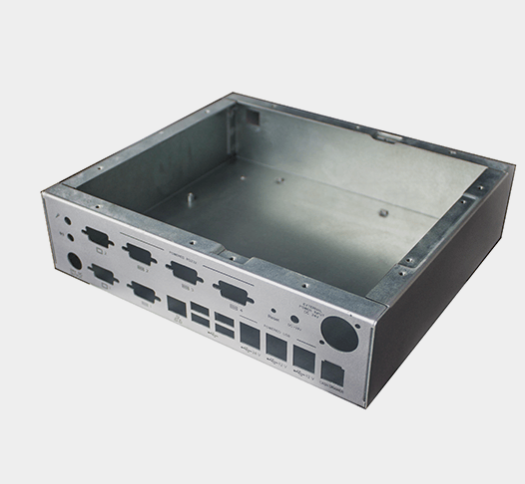Sheet metal fabrication is a versatile and integral process in various industries, from construction to automotive and electronics. It involves shaping, cutting, and forming thin metal sheets to create a wide range of products and components. This article delves into the world of sheet metal fabrication technology, illuminating some of the most common methods used in modern manufacturing.
Laser technology has revolutionized sheet metal cutting. A high-energy laser beam melts, burns, or vaporizes the material, producing precise cuts without physical contact. Laser cutting is known for its exceptional accuracy and minimal heat-affected zones, making it ideal for intricate designs.
Waterjet cutting employs a high-pressure stream of water mixed with abrasive materials to cut through sheet metal. This method is versatile, capable of handling a wide range of materials and thicknesses. Waterjet cutting offers excellent precision and eliminates the risk of heat distortion.

The press brake machine exerts force on the metal sheet to bend it at specific angles. It's a widely used method for creating components with precise angles and shapes. Press brake bending is essential for producing brackets, enclosures, and other structural components.
Roll forming involves passing a metal strip through a series of rollers to gradually shape it into a desired profile. This technique is efficient for producing continuous, long parts with consistent cross-sections. It finds applications in creating roofing, tubing, and automotive components.
Welding joins metal pieces through fusion. It's a common technique for fabricating strong, permanent connections. Different welding methods, such as MIG (Metal Inert Gas) and TIG (Tungsten Inert Gas), offer varying levels of precision and strength.
Riveting involves fastening metal sheets using rivets—permanent mechanical fasteners. It's often used when welding might cause distortion or compromise the material's properties. Riveting is suitable for applications where disassembly might be required.

Powder coating is a finishing technique that involves applying a dry powder to the metal surface, which is then cured under heat. This creates a durable and attractive finish that protects against corrosion and wear.
As the world of sheet metal fabrication continues to evolve, partnering with a specialized company can make all the difference. Here enters Dadesin. With a rich history of delivering top-notch sheet metal fabrication solutions, Dadesin offers a comprehensive suite of techniques tailored to diverse manufacturing needs.
In the realm of sheet metal fabrication, precision is paramount, and quality is non-negotiable. From humble beginnings to cutting-edge advancements, sheet metal fabrication has shaped industries. As the landscape evolves and challenges rise, Dadesin emerges as a trailblazer, offering bespoke sheet metal fabrication solutions that empower manufacturers to sculpt a future of excellence. Where innovation meets expertise, Dadesin stands ready to define the future of sheet metal fabrication.
By continuing to use the site you agree to our privacy policy Terms and Conditions.